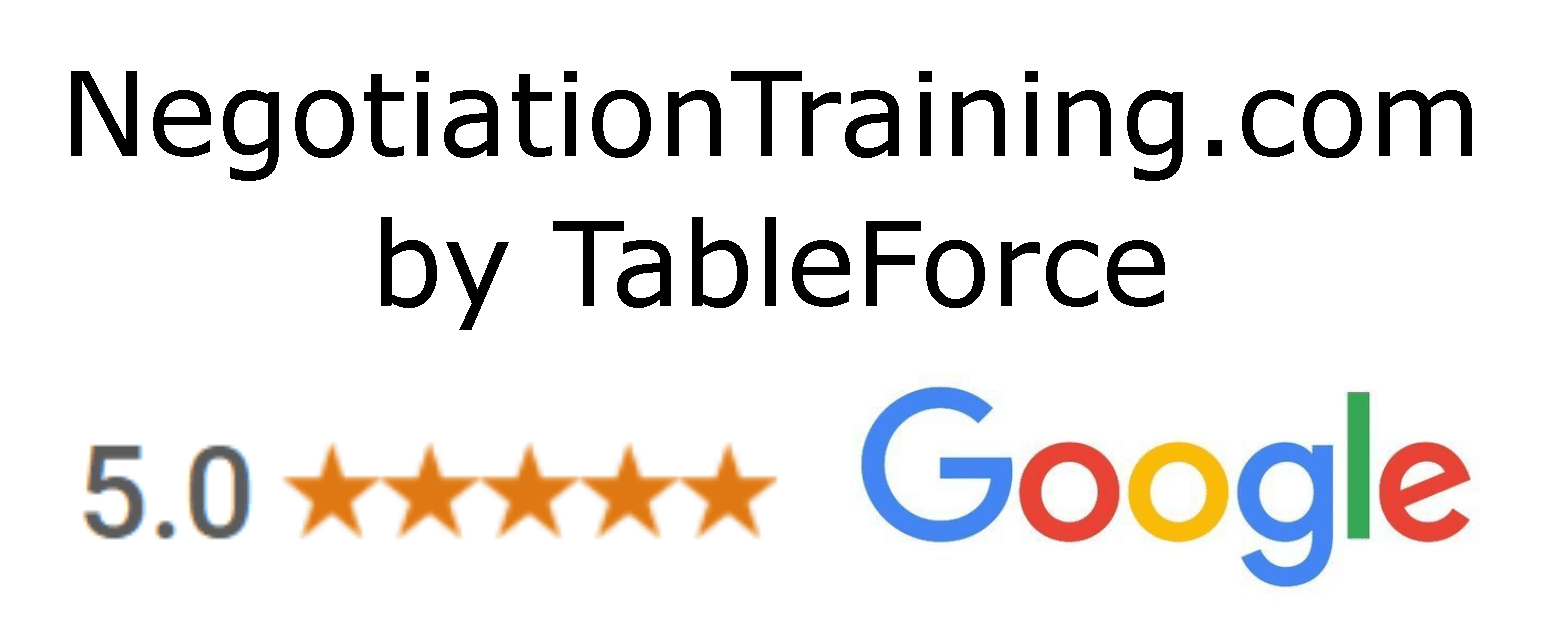We define a negative bargaining zone as a situation where the most a buyer is willing to pay is less than the least the seller will accept. There is no “overlap” of acceptable outcomes. Each party’s BATNA (best alternative to a negotiated agreement) provides a better result than reaching agreement.
One or both parties will have to adjust or compromise their view for this to be resolved. Otherwise, a deal cannot be agreed upon.
Negative bargaining zone is one of the Zone of Possible Agreement (ZOPA) options in which two or more parties can find common ground. Essentially, a negative bargaining zone occurs when the parties cannot reach a zone of possible agreement.
Examples of a Negative Bargaining Zone
Let’s say Matt would like to sell his used laptop. He believes it is in great condition and won’t accept anything less than $500. The buyer, Kyle, has a budget of $400 and is unwilling to pay more. Neither Matt nor Kyle will compromise to make a deal.
Cora is looking to purchase new accounting software for her budgeted price of $100. In effort to keep her business expenses low, she will not spend any more than that. Lily, the developer of this new software, is trying to attract businesses so she reached out to Cora. However, Lily believes the software is worth at least $150 and won’t come down. Neither Cora or Lily are willing to agree on a deal.
Both of these examples were unable to reach a zone of possible agreement and are therefore in a negative bargaining zone.

